Bob Tanner enlisted into The Royal Tank Regiment and later volunteered for airborne forces in World War II qualifying as a military parachutist on course 105 which ran at RAF Ringway during March 1944.
He later recalled how he came to end up with the 7th (Light Infantry) Parachute Battalion:
"Doing anything to earn a penny, joining the ARP as a messenger, later a warden, then the Army. Went to Catterick Camp, the train seemed to go on and on. I thought any minute we would end up in the sea, I didn't realise England was so big. The Royal Tank Regiment, passing out as a driver/mechanic on Churchills, Valentines, Crusaders and Cromwells, the different lorries, and the biggest of all the Diamond T Tank Transporter. In and around Yorkshire and the Midlands; and the best memory of them all then, and still is, the kindness shown by the people of these places to me, a stranger, really fascinated by the way they spoke. Quite a few miserable buggers down here could learn a lot from these people.
Then one day some bods came round asking for volunteers - a much dreaded word in the forces. In for a penny, in for a pound.
Hardwick... who could forget it, the training, the torture, getting through it all, how? Was it pride, stubborness, don't suppose I'll ever know. Then Ringway, the dear old Whitley... Bessy the Balloon, qualifying to join the finest bunch of men anyone could meet, the privilege of joining the 7th Parachute Battalion, Colonel Pine-Coffin DSO MC, what a man, set us all a high standard by his coolness and courage. The constant exercises, practice jumps, forced marches and map reading, firing all manner of weapons, for the big job that was to come."
A few months after qualifying Bob Tanner parachuted with the battalion as part of the spearhead force for the Normany landings in June 1944:
"Normandy - scared? Not really, bloody petrified, the constant shelling, the mortaring, the snipers, men dying around me, always wondering if we had bitten off more than we could chew. Somehow we came through it. Coming under fire, diving into a ditch running along side the orchard. [Editor's note: Bob's Farm - see battalion war diary extract below.] Falling onto a chap, saying sorry, no answer from him, a very dead Jerry!
Dashing into the orchard, digging in, more mortaring, didn't Jerry ever run out of the damn things. The stench of death all around."
Bob went onto fight with the battalion in the Ardennes during the winter of 1944-45 and then took part in the final mass allied parachute and glider assault of World War II, Operation Varsity, on 24 March 1945, as a member of B Coy's 6 Platoon.
During the subsequent advance the battalion reached Petershagen, in between Osnabrück and Hanover, by 7 April. They continued to proceed east by motor transport and encountered enemy forces defending Wunstorf airfield at around 14:30 hours, although earlier reconnaissance reports had indicated that it had been abandoned, resulting in the ambush of the leading elements of B Coy.
In the ensuing battle, in which the 13th Battalion was also engaged, the 7th Battalion lost 6 killed, and 21 wounded, including Bob, most from the initial ambush of the four leading trucks of B Coy. The airfield was captured with 19 ME 109s, 4 FW 109s, 2 JU 88s, 2 JU 52s and much other valuable equipment.
B Coy was to be devastated further when members of Coy HQ, 4 Platoon and 5 Platoon were killed by the detonation of the Lion bridge at Neustadt as they advanced across it.
Bob rose to the rank of sergeant before he was demobilised, and after the war became a stalwart of the airborne veteran community, along with his wife Peggy, both in the Parachute Regimental Association and the 7th Battalion Reunion Association.
Further Reading
The Tale of Two Bridges adapted by Barbara Maddox Published by Peter Pine-Coffin.
An account of the 7th (LI) Parachute Battalion in Normandy based on the diary of Colonel RG Pine-Coffin DSO MC
Compiled by Harvey Grenville with the assistance of Bob Hilton
Read More
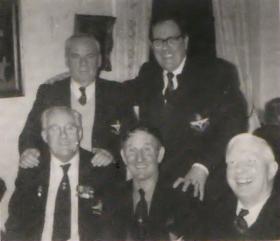
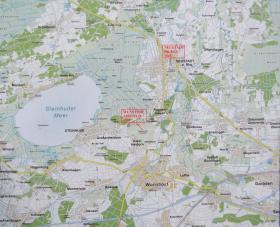
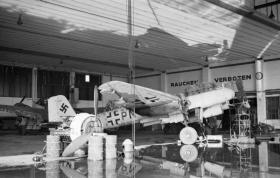
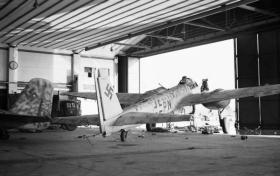
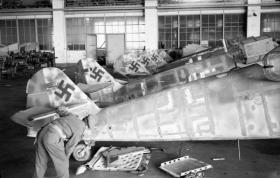
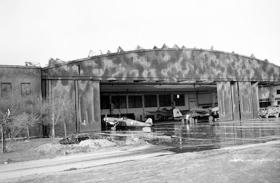
Latest Comments
I’d like to get in contact with you, not sure how though!
Alex Collins.
Add Comment
In order to add comments you must be registered with ParaData.
If you are currently a ParaData member please login.
If you are not currently a ParaData member but wish to get involved please register.